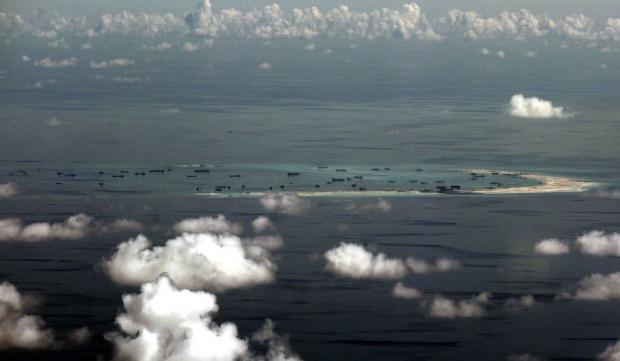
Breaking News
 Global Exclusive: The January 6th Pipe Bomber's Identity Has Been Discovered,...
Global Exclusive: The January 6th Pipe Bomber's Identity Has Been Discovered,...
 Capitol Police Officer Shauni Kerkhoff Identified as J6 Bomber...
Capitol Police Officer Shauni Kerkhoff Identified as J6 Bomber...
 Why Dual Engine Failure Changes Everything -- Louisville Crash Update
Why Dual Engine Failure Changes Everything -- Louisville Crash Update
 Transforming Storage Shelf / Workbench - Small Space Organization
Transforming Storage Shelf / Workbench - Small Space Organization
Top Tech News
 HUGE 32kWh LiFePO4 DIY Battery w/ 628Ah Cells! 90 Minute Build
HUGE 32kWh LiFePO4 DIY Battery w/ 628Ah Cells! 90 Minute Build
 What Has Bitcoin Become 17 Years After Satoshi Nakamoto Published The Whitepaper?
What Has Bitcoin Become 17 Years After Satoshi Nakamoto Published The Whitepaper?
 Japan just injected artificial blood into a human. No blood type needed. No refrigeration.
Japan just injected artificial blood into a human. No blood type needed. No refrigeration.
 The 6 Best LLM Tools To Run Models Locally
The 6 Best LLM Tools To Run Models Locally
 Testing My First Sodium-Ion Solar Battery
Testing My First Sodium-Ion Solar Battery
 A man once paralyzed from the waist down now stands on his own, not with machines or wires,...
A man once paralyzed from the waist down now stands on his own, not with machines or wires,...
 Review: Thumb-sized thermal camera turns your phone into a smart tool
Review: Thumb-sized thermal camera turns your phone into a smart tool
 Army To Bring Nuclear Microreactors To Its Bases By 2028
Army To Bring Nuclear Microreactors To Its Bases By 2028
 Nissan Says It's On Track For Solid-State Batteries That Double EV Range By 2028
Nissan Says It's On Track For Solid-State Batteries That Double EV Range By 2028
China Wants to Build a Deep Sea 'Space Station'

The manned deep sea platform would sit 9,800 feet under disputed waters in the South China Sea, and would be a key resource in China's offshore mining efforts, according to a Chinese Science Ministry presentation recently viewed by Bloomberg. Dozens of crew members would be able to survive underwater for up to a month at a time on the station.
Little is publicly known about the project, but China included the construction of an oceanic base in its five-year economic plan, and deep sea exploration was a key priority under the country's Scientific Innovation 2030 initiative. So far, no one has ever attempted to man an underwater station at this depth for an extended amount of time.
In 2012, China announced its intentions to build a mobile, nuclear-powered underwater mining station that would house a crew of 33 people for two months. The Pacific Ocean base was proposed by the China Ship Scientific Research Centre, and likely secured backing from the nation's 863 Program, a fund known to bankroll military R&D projects. Whether this station has ties to the South China Sea platform is unclear.

Territorial claims in the South China Sea. Image: Wikipedia
President Xi Jinping has not been coy about his efforts to assert dominance over the highly disputed waters. China, Taiwan, Vietnam, Malaysia, Brunei, and the Philippines are currently locked in a conflict over territorial and jurisdictional claims to the region's potential wealth of natural resources. The South China Sea is believed to hold an estimated 11 billion barrels of oil and 190 trillion cubic feet of natural gas, and also possesses one-third of the world's shipping routes. Approximately $5.3 trillion of total annual trade passes through the South China Sea.

 Carbon based computers that run on iron
Carbon based computers that run on iron

